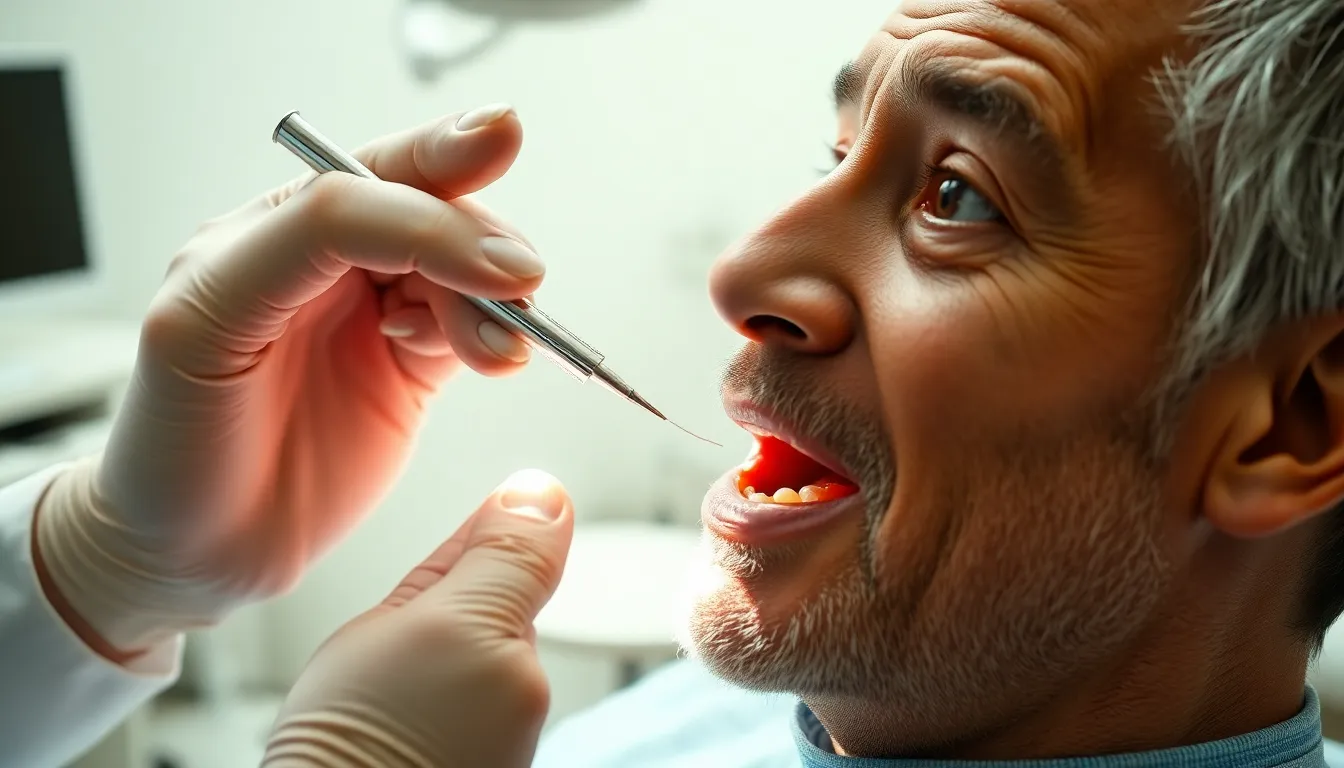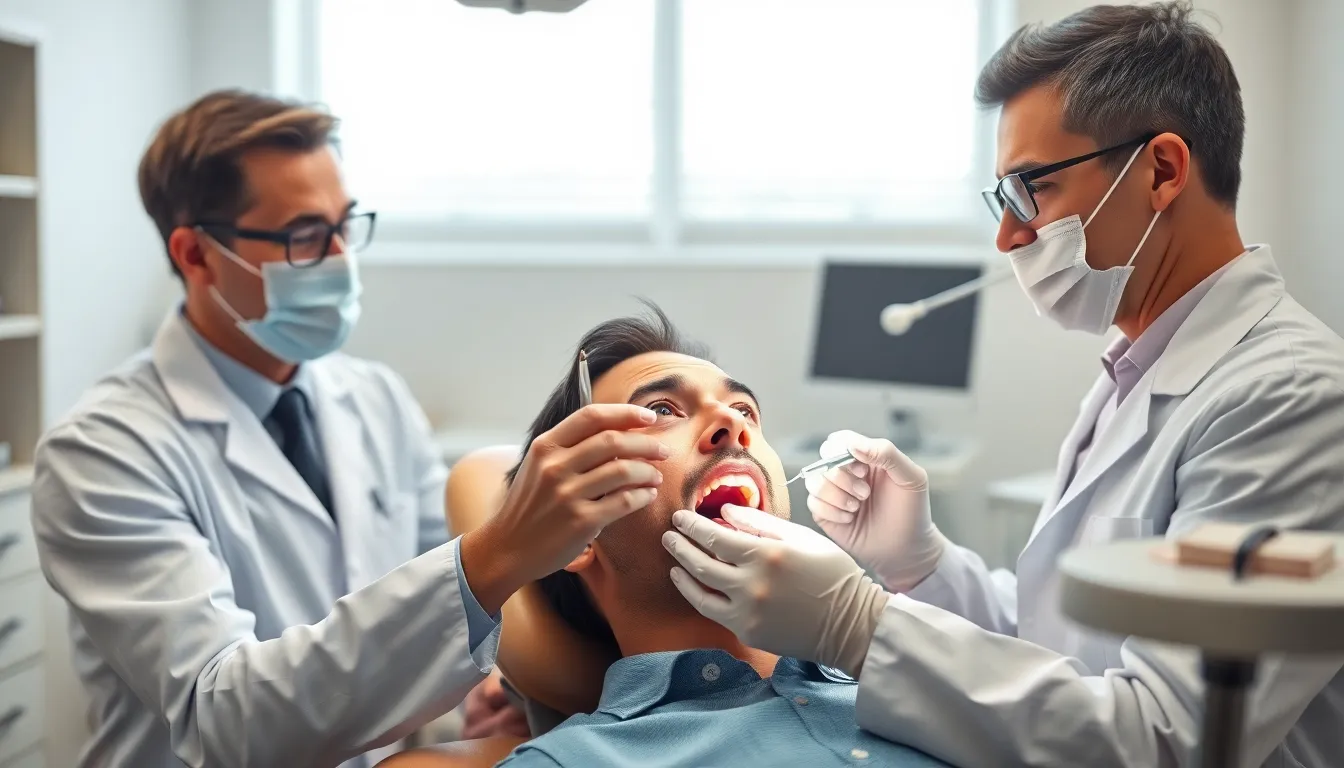Can a cracked crown be repaired? When you notice damage to your dental crown, it’s natural to wonder if a simple repair might save you from a complete replacement. Understanding your options can help you make the best decision for your oral health.
Dental crowns are designed to be durable, but they aren’t indestructible. Whether from biting down on something hard, grinding your teeth, or normal wear and tear over time, crowns can develop cracks or chips. The good news is that depending on the severity and location of the damage, some cracked crowns can indeed be repaired rather than replaced completely.
Understanding Dental Crowns and Why They Crack
Dental crowns serve as protective caps that completely cover damaged or weakened teeth to restore their shape, size, strength, and appearance. They’re custom-made to fit your exact tooth and blend naturally with your surrounding teeth, but even though their durability, crowns can develop cracks or damage over time.
Common Materials Used in Dental Crowns
Dental crowns come in several materials, each with unique properties affecting their strength and likelihood of cracking. Porcelain-fused-to-metal crowns combine durability with aesthetics but may chip along the porcelain surface. All-ceramic or all-porcelain crowns provide the best natural color match but aren’t as strong as metal crowns. Metal crowns, including gold alloys and base metal alloys, rarely chip or break due to their exceptional strength. Zirconia crowns offer both impressive durability and natural appearance, making them increasingly popular for back teeth restorations.
Dr. Harris notes, “I’ve seen a important shift toward zirconia crowns in my practice because they combine excellent strength with aesthetic appeal. Many patients appreciate having a restoration that’s both durable and looks natural.”
Typical Causes of Crown Damage
Crown damage typically stems from several common factors that impact their structural integrity. Teeth grinding (bruxism) creates excessive pressure that weakens crown materials over time. Biting hard objects like ice, nuts, or hard candy can cause immediate fractures or cracks. Poor oral hygiene leads to decay underneath the crown, compromising its foundation and stability. Manufacturing defects occasionally result in crowns with inherent weaknesses or improper fit. Age-related wear affects all dental restorations, with most crowns lasting 5-15 years before potentially developing problems.
Can a Cracked Crown Be Repaired?
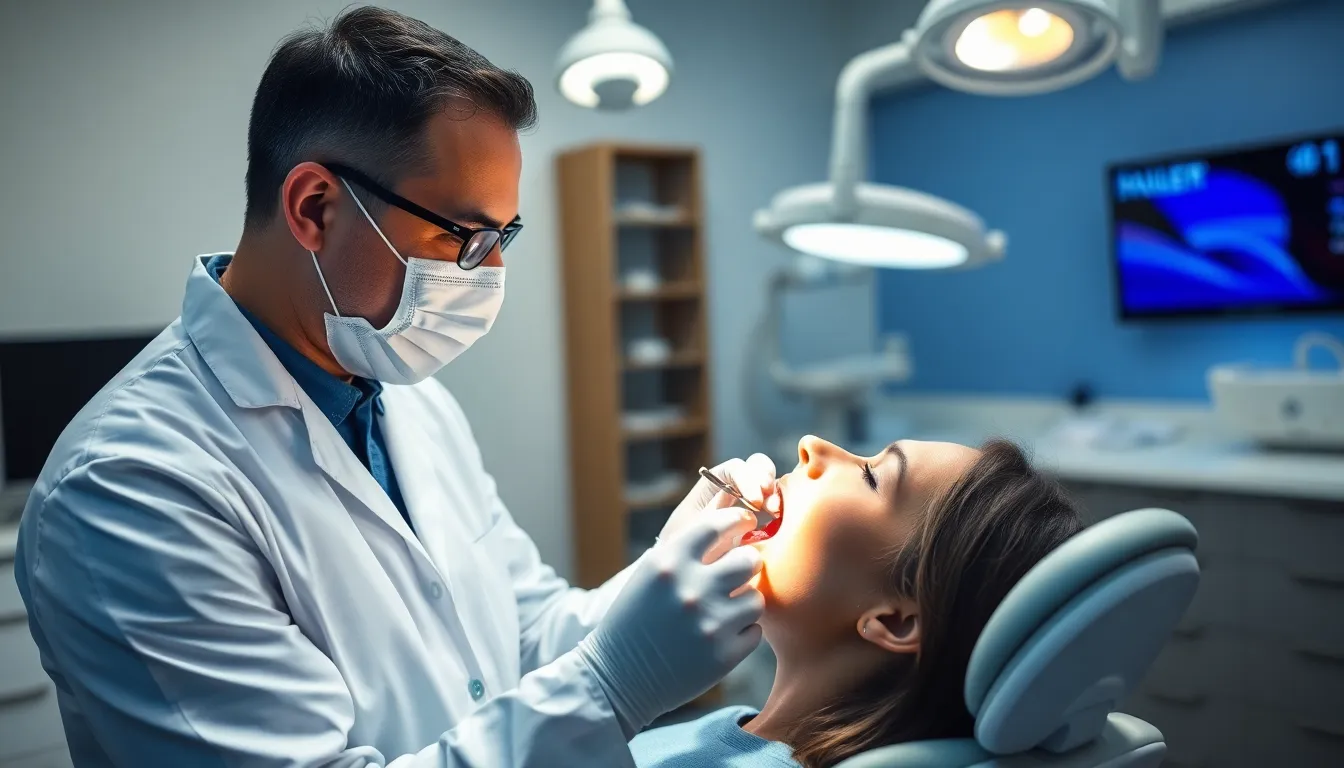
Dental crowns can be repaired in certain circumstances, depending on the extent and location of the damage. Your dentist will evaluate the crack to determine whether repair is possible or if replacement is necessary.
Minor Cracks vs. Major Damage
Minor cracks or small chips in a crown are often repairable using dental bonding techniques. During this procedure, your dentist applies tooth-colored composite resin to the damaged area, hardens it with a special light, and polishes it to blend with the surrounding tooth surface. This quick, painless solution can typically be completed in a single appointment and offers a cost-effective alternative to full replacement.
Major cracks, jagged edges, or extensive damage generally necessitate complete crown replacement. When important damage occurs, your dentist removes the compromised crown, cleans the underlying tooth, takes digital impressions for precise fitting, and creates a new crown from durable materials like porcelain or zirconia.
Dr. Harris recalls a patient who discovered a small chip in her porcelain crown after biting into an olive pit. “Rather than replacing the entire crown—which was otherwise in excellent condition—we used bonding to repair the chip, saving her both time and money while extending the crown’s lifespan by several years.”
Temporary Repair Options at Home
Temporary dental cement from your local pharmacy can provide a short-term solution if your crown becomes loose or develops a minor crack. This over-the-counter product helps reattach the crown until you can schedule a professional appointment, protecting both the tooth and crown from further damage.
Avoiding hard foods on the affected side of your mouth prevents additional stress on the damaged crown. Sticky foods should also be eliminated from your diet temporarily as they might dislodge a weakened crown.
Professional Repair Methods for Cracked Crowns

Dental professionals offer several effective answers for repairing cracked crowns based on the severity and location of the damage. The repair approach varies from simple bonding techniques for minor cracks to complete replacement for more extensive damage.
Dental Bonding for Small Cracks
Dental bonding provides a fast, painless repair solution for minor cracks or small chips in your crown. During this procedure, your dentist applies a tooth-colored composite resin to the damaged area, carefully molding it to restore both appearance and function. The entire process typically takes just one appointment, making it convenient and efficient. This method works particularly well when the crack doesn’t compromise the structural integrity of your crown.
“I recently treated a patient with a small crack on the visible surface of her porcelain crown,” shares Dr. Todd B. Harris. “Using dental bonding, we were able to restore the aesthetics without needing a full replacement, saving her considerable time and expense.”
Crown Recontouring Possibilities
Crown recontouring addresses rough or jagged edges resulting from minor chips or cracks. Your dentist smooths and reshapes the damaged edges of the crown to eliminate sharp areas and restore comfort. For more important damage that doesn’t require full replacement, partial crowns or onlays might be recommended to reinforce the compromised section.
When your crown remains intact but has become loose, re-cementing offers a straightforward solution. Your dentist secures the crown back in place using dental cement, restoring stability and function. Severe cracks, but, often necessitate complete replacement—a process involving removal of the damaged crown, cleaning of the underlying tooth, and taking digital impressions for a new, precisely fitted crown. Cases involving decay or damage to the tooth beneath the crown might require additional treatments such as root canal therapy before addressing the crown itself.
When Repair Is Not Possible: Replacement Options
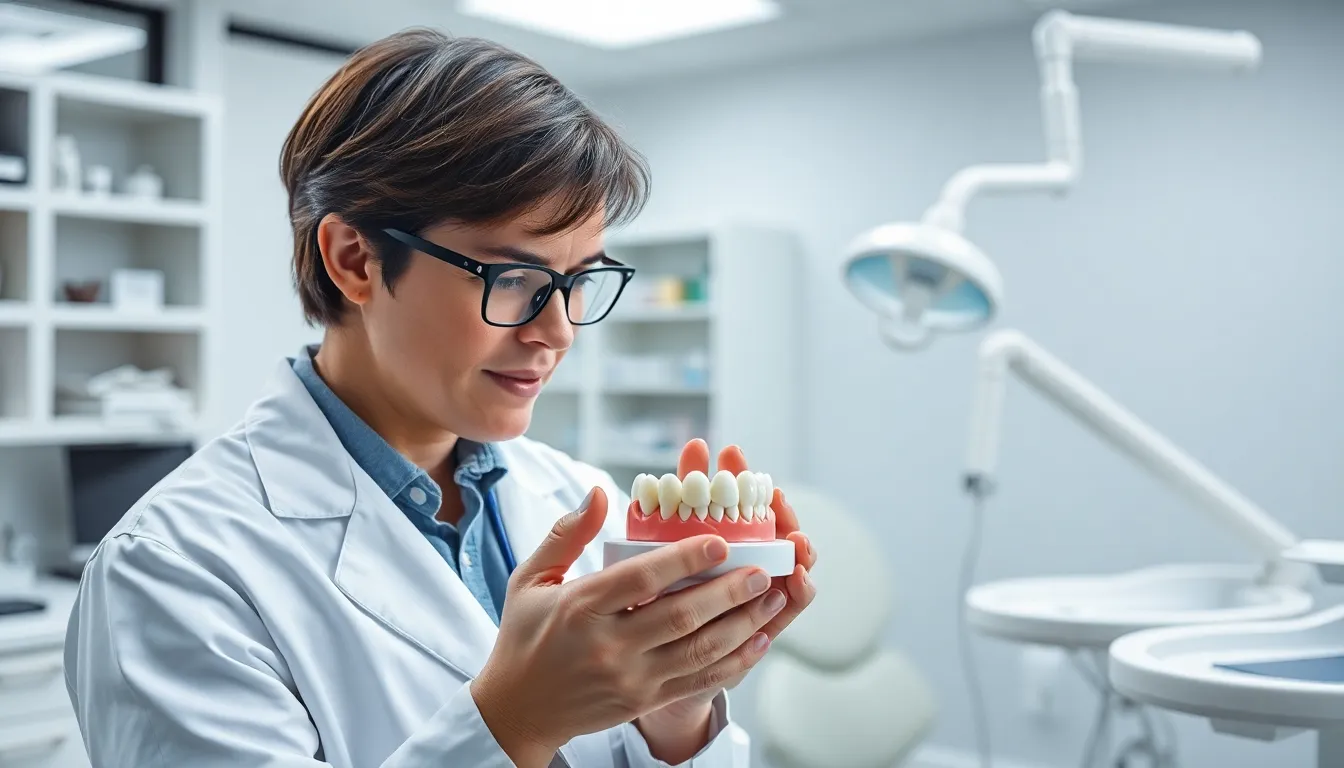
Full crown replacement becomes necessary when the damage to your dental crown is too extensive for simple repairs. Certain conditions make replacement the only viable option for restoring your dental health and appearance.
Crown replacement is required in several exact situations:
- The crack extends completely through the crown structure
- Decay or damage exists in the underlying tooth
- Your crown no longer fits properly or repeatedly becomes loose
- The structural integrity of the crown is compromised beyond repair
“I recently treated a patient whose porcelain crown had cracked all the way through after biting down on an olive pit,” shares Dr. Todd B. Harris. “While she initially hoped for a quick repair, the damage was too extensive, and replacing the crown provided her with a stronger, more durable solution that prevented further complications.”
The Crown Replacement Process
The crown replacement process follows a systematic approach to restore your tooth’s function and appearance. This multi-step procedure typically begins with the careful removal of your damaged crown. Your dentist thoroughly cleans and prepares the underlying tooth structure to create an optimal foundation for the new restoration.
Precise dental impressions are taken to capture the exact dimensions of your prepared tooth. These impressions serve as the blueprint for fabricating your custom replacement crown. During the fabrication period, a temporary crown protects your tooth from sensitivity and damage.
Modern dental offices often create crowns using advanced technologies:
- In-office CAD/CAM systems for same-day crowns
- Traditional lab fabrication for complex cases
- Digital scanning for maximum precision
The final step involves permanently cementing your new crown in place after ensuring proper fit, bite alignment, and aesthetic appearance.
Cost Comparison: Repair vs. Replacement
Repairing a cracked crown costs significantly less than full replacement, with simple bonding procedures typically ranging from $100-300. These repairs can usually be completed in a single dental visit without extensive preparation or lab work.
Replacement crowns represent a larger investment in your dental health, with costs typically ranging from:
| Crown Material | Average Cost Range |
|---|---|
| Porcelain-fused-to-metal | $800-1,500 |
| All-ceramic/porcelain | $1,000-2,500 |
| Gold/metal alloy | $800-2,500 |
| Zirconia | $1,000-2,500 |
Dr. Harris notes, “While replacement costs more initially, it often proves more economical long-term for patients with important crown damage. One of my patients opted for repair of a visibly cracked crown to save money, only to need full replacement six months later when the crack expanded—essentially paying twice.”
Insurance coverage varies widely for crown procedures, with many plans covering 50% of replacement costs when medically necessary. Your dentist can help determine if your situation qualifies for coverage under your exact dental insurance plan.
Preventing Future Crown Damage
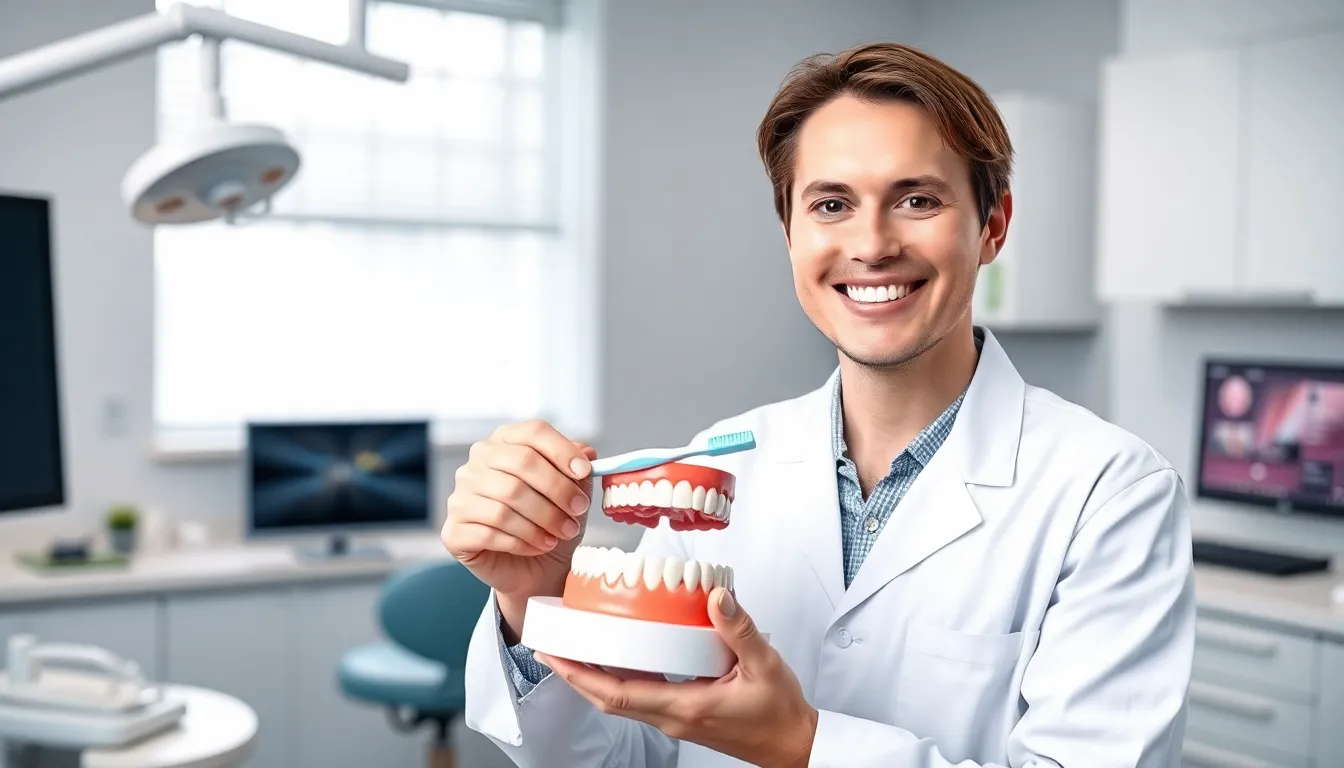
Protecting your dental crown from damage extends its lifespan and saves you from additional dental procedures. Implementing proper preventative measures helps maintain your crown’s integrity and functionality for years to come.
Proper Oral Hygiene Practices
Daily oral hygiene routines significantly impact crown longevity. Brush twice daily with a soft-bristled toothbrush and fluoride toothpaste, paying special attention to the crown-tooth margin where bacteria often accumulate. Floss carefully around crowned teeth to remove plaque and food particles that can lead to decay of the underlying tooth structure. Antibacterial mouthwash provides additional protection by reducing harmful bacteria that might compromise your crown’s foundation. Regular professional cleanings every six months allow your dentist to monitor your crown’s condition and address any issues before they worsen.
Dr. Harris often shares with patients: “I’ve seen crowns last 20+ years in patients who maintain meticulous oral hygiene, compared to just 5-7 years in those who neglect basic care. The difference is dramatic and entirely within your control.”
Avoiding Habits That Damage Crowns
Certain behaviors dramatically increase the risk of crown damage. Avoid chewing ice, hard candy, popcorn kernels, or other extremely hard foods that can create excessive pressure on your crown. Nail biting and using teeth as tools to open packages put unnecessary stress on dental work. Teeth grinding (bruxism) poses a serious threat to crowns—consider wearing a custom night guard if you grind your teeth during sleep. Sports participants should use athletic mouthguards to protect all teeth, including crowned ones, from impact damage.
“One patient came in with a cracked porcelain crown after just three months,” Dr. Harris recalls. “She admitted to regularly cracking nuts with her teeth even though our warnings. We replaced her crown with a stronger zirconia material, but more importantly, she committed to breaking this destructive habit. Five years later, her replacement crown remains in perfect condition.”
Regular dental check-ups complete your preventative strategy. These appointments allow for professional assessment of your crown’s condition, early detection of potential problems, and timely intervention before minor issues require extensive repairs or complete replacement.
Conclusion
Deciding whether to repair or replace your cracked crown depends on the severity of damage your dental restoration has sustained. While minor chips and cracks can often be fixed with bonding or recontouring during a single appointment at a fraction of replacement costs small issues shouldn’t be ignored as they can worsen over time.
Taking preventative measures like practicing good oral hygiene avoiding hard foods and wearing protective guards can significantly extend your crown’s lifespan. Regular dental check-ups also allow for early detection of potential problems.
Remember that maintaining your dental crown isn’t just about aesthetics but preserving your oral health. When in doubt consult your dentist who can assess your exact situation and recommend the most appropriate treatment option for your cracked crown.
Frequently Asked Questions
Can a cracked dental crown be repaired?
Yes, depending on the extent and location of damage, some cracked crowns can be repaired. Minor cracks or small chips can often be fixed with dental bonding techniques using composite resin. However, major cracks or extensive damage typically require complete crown replacement. The decision between repair and replacement depends on the severity of the damage and your dentist’s professional assessment.
How long do dental crowns typically last?
Dental crowns generally last between 5-15 years before issues may arise. Their lifespan depends on factors such as the material used, your oral hygiene practices, habits like teeth grinding, and exposure to hard foods. With proper care and regular dental check-ups, some crowns can last even longer. Zirconia and metal crowns tend to be more durable than all-ceramic options.
What materials are used for dental crowns?
Common dental crown materials include porcelain-fused-to-metal, all-ceramic, metal (like gold alloys), and zirconia. Each material has distinct properties affecting durability and appearance. Porcelain options provide the most natural look but may be more susceptible to cracking. Metal crowns offer superior durability but less aesthetic appeal. Zirconia crowns are increasingly popular for their excellent combination of strength and natural appearance.
What causes dental crowns to crack?
Dental crowns typically crack due to teeth grinding (bruxism), biting hard objects (ice, nuts, candy), poor oral hygiene leading to decay underneath, manufacturing defects, or age-related wear and tear. Trauma or accidents can also damage crowns. The material of your crown also affects its susceptibility to cracking, with ceramic and porcelain crowns being more prone to fractures than metal or zirconia options.
How much does it cost to repair vs. replace a crown?
Repairing a crown is significantly less expensive, typically ranging from $100-300 depending on the extent of damage. Crown replacement costs between $800-2,500, varying based on the material chosen and your location. While repair seems more economical initially, replacement may be more cost-effective long-term for significant damage. Insurance often covers a portion of replacement costs when deemed medically necessary.
How can I temporarily fix a damaged crown at home?
For a temporary solution, you can use over-the-counter dental cement from a pharmacy to reattach a loose crown until you can see your dentist. Avoid chewing on the affected side and stick to soft foods. Do not attempt to repair cracks yourself as improper fixes can lead to further damage. Remember that home remedies are strictly temporary—schedule a professional dental appointment as soon as possible.
How can I extend the lifespan of my dental crown?
Extend your crown’s lifespan by practicing excellent oral hygiene (brushing twice daily, flossing, using mouthwash), avoiding hard foods and habits like nail biting, using night guards if you grind your teeth, and attending regular dental check-ups. Avoid using your teeth as tools to open packages. Professional cleanings twice yearly help maintain both your natural teeth and crowns, allowing early detection of potential issues.
When is crown repair not possible?
Crown repair is not possible when: the crack extends completely through the crown, decay is present in the underlying tooth, the crown no longer fits properly, or the structural integrity is severely compromised. In these cases, complete replacement is necessary. Your dentist will evaluate factors like damage location, crown material, and the condition of the tooth underneath to determine if repair is viable.



